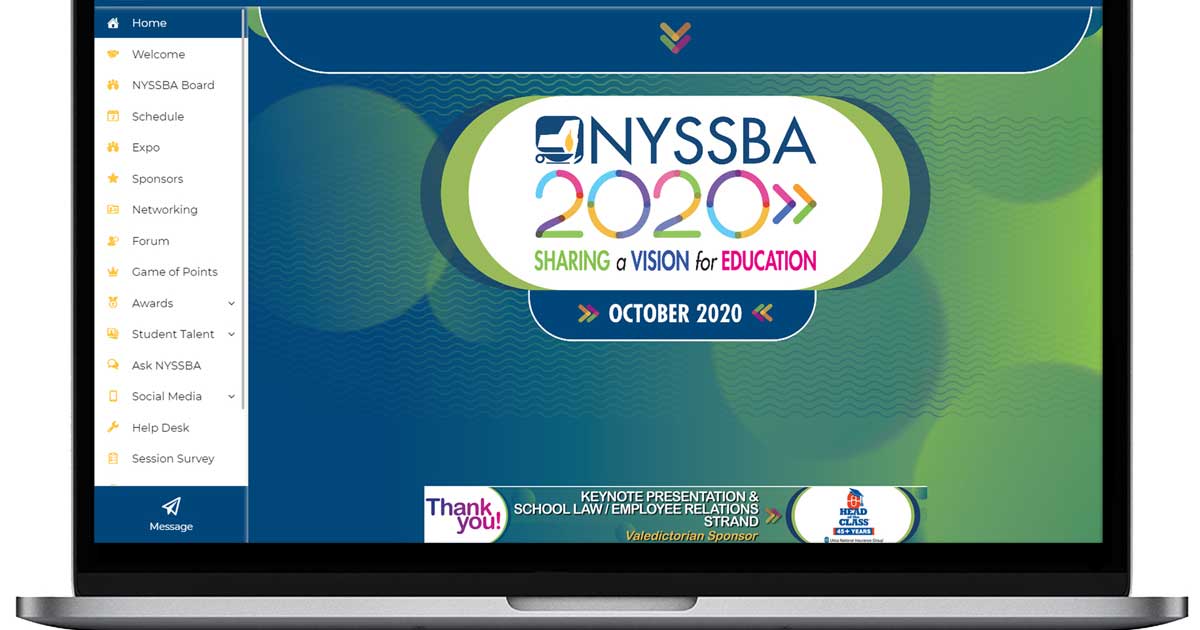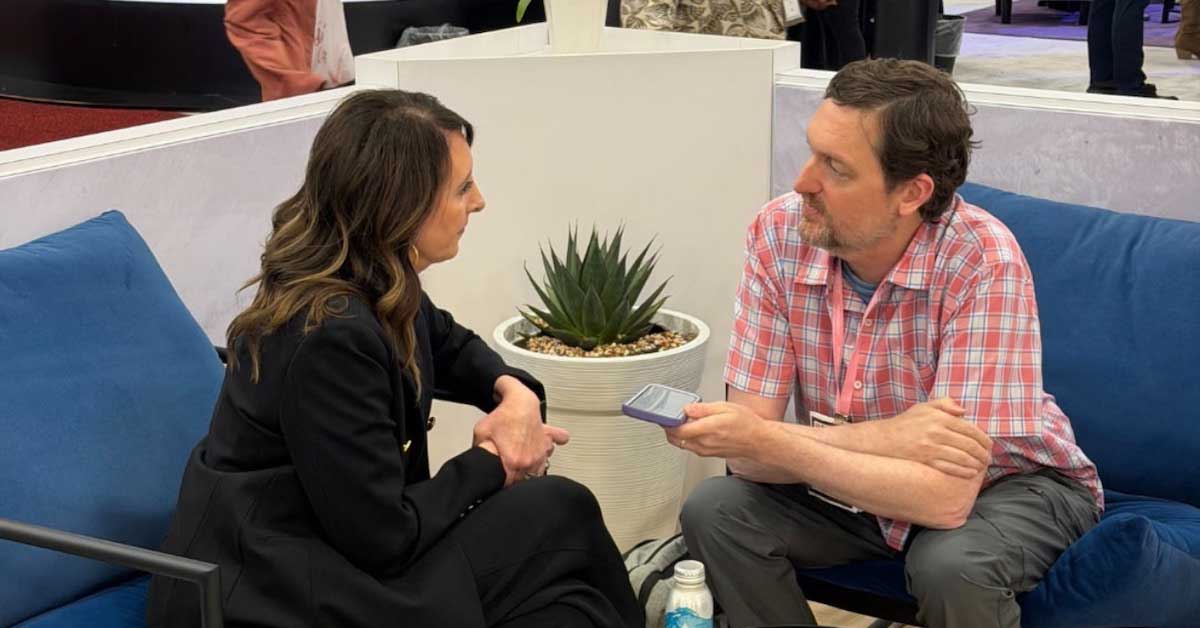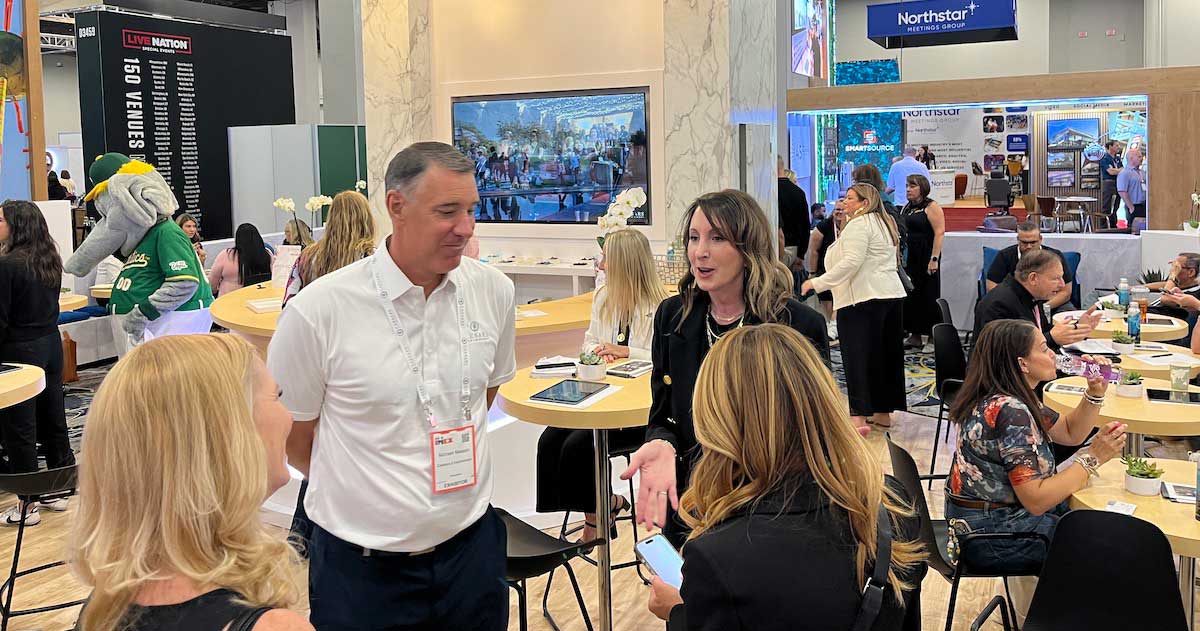I am the survivor of a successful virtual convention and expo (seven days over two weeks) for a New York State-based association. We celebrated 1,151 unique users and 67 exhibitors in-platform during the live event. This conference had multiple programs and features, requiring plenty of planning and coordination. Here are some tips to keep in mind and some lessons learned in this evolving world of virtual meeting planning.
The learning elements included three days of pre-con events, three days of convention and the annual business meeting (delegate assembly). These seven days included a communications workshop, a two-day law seminar, a keynote presentation, a general session with the interim commissioner of the New York State Education Department, a musical and 50 breakouts (three to five concurrent sessions in each time slot). To round out the education, we included popular elements of our in-person convention to keep the familiarity. For example, the student talent by way of art, music and photos, as well as our three annual award recipients, were part of the virtual experience. Little content was recorded. For all intents and purposes this was a live event from start to finish.
What does customizable really mean? It is important to understand the limitations of customizable.
My RFP will be different the next time. The lessons learned were invaluable for our next virtual adventure coming up in February—the annual advocacy event. Our platform provider used the perfect buckets to define the virtual production process. DESIGN. PRE-EVENT. IMPLEMENTATION. PRODUCTION. POST EVENT. What you put in each of these buckets is going to be specific to your event goals, demographic and labor resources. Most of our lessons came from the pre-event phase. Read on for what was important for us.
DESIGN
What does customizable really mean? It is important to understand the limitations of customizable. Is the platform a product your vendor is reselling or is it their in-person event app that has been repurposed in the pandemic? The latter will allow for more customization, but, in my experience, it was not as customizable as we would have liked. The best way to manage your expectations here is to demo until you are delirious. Request a link to a recent event. Click into everything you possibly can. Invite other key people in your organization to do the same and ask them to spell out what they are seeking and their expectations. Write down your and their questions. Schedule a call with the vendor, while in the demo platform, to get your answers. Ask if additional functionality is available beyond what the event host used in-platform. In addition, know exactly how your sponsors will be recognized in-platform, as well as their expectations. You are simulating your end user’s experience and they will expect you to be the experts in the product you choose for delivery.
PRE-EVENT
Request a production timeline as a component of your RFP. This will help manage your expectations, as well as those of your colleagues and organization officials; plan and monitor deliverables from you and from the production company; and keep everyone apprised. These companies offering virtual event platform technology are more than busy. They operate in very compressed time frames. Know how you are going to manage if you are expected to deliver, edit, proof assets, etc., in the two to three weeks prior to your live event. Know what the turnaround is for modifications needed within the timeframe.
Association Professionals: Discover the benefits of belonging to MPI’s Association Professionals Community.
Your timeline should include several elements. Six to eight weeks from event, discuss goals and decide on best features to optimize functionality. Design assets are next—logos, theme graphics, brand guidelines and font files. Within the next week, sign off on your app interface design mockups. Now, the platform build begins. By four weeks out send draft content. The more content you have, the earlier you should send it so there is ample time for review. One to two weeks before event, schedule rehearsals and prep calls. One week to a few days before event, final content should be submitted. One week before event, submit final user data for credentialing. Three to four days before event, your participants should receive personalized login credentials.
The best way to get closest to your bottom line—run of show
Planners typically create a run of show prior to event orders being developed by a venue. It is something done late in the planning cycle before the in-person event. Submit it, to the best of your ability, in the RFP. Why? This information is needed to determine vendor resources, which in turn calculates the proposed cost. Provide a generic grid in Excel to overview the days and times. Then, add a run of show document that details every event in your grid. You should include log-in time (20 minutes before live event), live or recorded content, estimated number of people (you may need a plug-in to accommodate), rehearsal if requested, webinar or live stream (two very different end user experiences), if there will be shared screen content, recorded for on-demand viewing, posted in-platform after recording (what is the turnaround time), naming co-hosts and panelists (Zoom terminology) and a timeline from walk-in slide to walk-out slide (ideal for sponsor recognition) including welcome/intros, content delivery, Q&A and wrap up.
Know what engagement tools are available
Ours is a social membership. For some, convention is the only time a year they see each other. If this is true of your demographic, you will want multiple, intuitive engagement options in place to fill that void from the lack of in-person contact. We used networking, forum, gamification and photo gallery to accomplish this. Networking offered an opportunity to create a profile and eBusiness card for exchange and a connections list with other attendees for direct chat capability. The forum was a place for moderated posts that created excitement, in real time, about live sessions. We organized the Game of Points which tracked participants travel throughout the platform and awarded points. The top three received varying monetary prizes for their school district. The photo gallery allowed for a moderated selfie or upload with caption. This became a great collage of everyone’s virtual convention perch.
IMPLEMENTATION
Knowing registration process in detail is a must
It starts with your organization. Are you handling registration in-house or will that be part of the vendor’s scope of work? We used our association management system to register our members. This requires a batch and subsequent data transfers for credentialing. We never closed registration and are still selling recorded content until the platform comes down on December 31. Create a timeline of the registration process. When will data be transferred? How long will the vendor take to process and credential? What email address are the credentials coming from? You may want to alert your members to whitelist the address. Many of our members use school district emails and the firewalls intact did not allow for receipt of these emails. Who is providing the support for the registration process and who will be supporting those who do not receive their credentials?
Request content requirements and style guide as components of your RFP
Different platform elements (welcome letter, schedule, session descriptions, speaker photo/bios, live polling questions, evaluations) will require different formats (Word doc, PDF, text file, email, other edible format). The style guide should cover primary and secondary brand color, splash page, background image for login and content areas, brand logo, desktop logo (will it resize for device), banners, speaker photos, exhibitor logos and push notifications). Having this information ahead of time will help you plan for asset delivery to the vendor.
PRODUCTION
Require a run through and rehearsal of the entire event with production and technical teams. This could be lengthy, but it is worth the time. This will be the item that falls by the wayside if you do not build it in the timeline. Prep calls with panelists and co-hosts are helpful. Rehearsals for larger events prepare you for all the elements of that specific event and what might be snags along the way. Only a run through from start to finish will shed light on program transitions that you will not otherwise experience before going live.
POST EVENT
Data analytics – the only ROI you have for exhibitors and sponsors
Be clear on how the platform tracks users and to what level. Your corporate supporters will want to know. Ask for an analytics report from a past event. Does it track visits? Are they unique visits? Will you know who the unique visits were? Can you drill down further to ascertain who participated in exhibitor booth engagement activities (video, photo gallery, chat, appointment scheduling). Buyer beware when selecting a 2D vs 3D expo. Platforms do not have a 3D expo offering. This would be a plug-in and while the visual appeal is there, the analytics will be limited. You will get better analytics with the 2D expo that is part of the platform.
In the best interest of everyone’s time, I am going to conclude here. If you have made it this far, thank you. I am happy to demo our platform while it remains live for the remainder of the calendar year (holiday periods excluded). Send your request to Heidi.longton@nyssba.org. If the demand is too great, I will come up with a Plan B. We all still have much to learn about virtual delivery. Both sides were building this plane as it was flying. I am happy to report takeoff and landing was smooth, and the flight was without too much turbulence. A happy board of directors is a happy planner. Oh, and a new executive director this year. No pressure.







